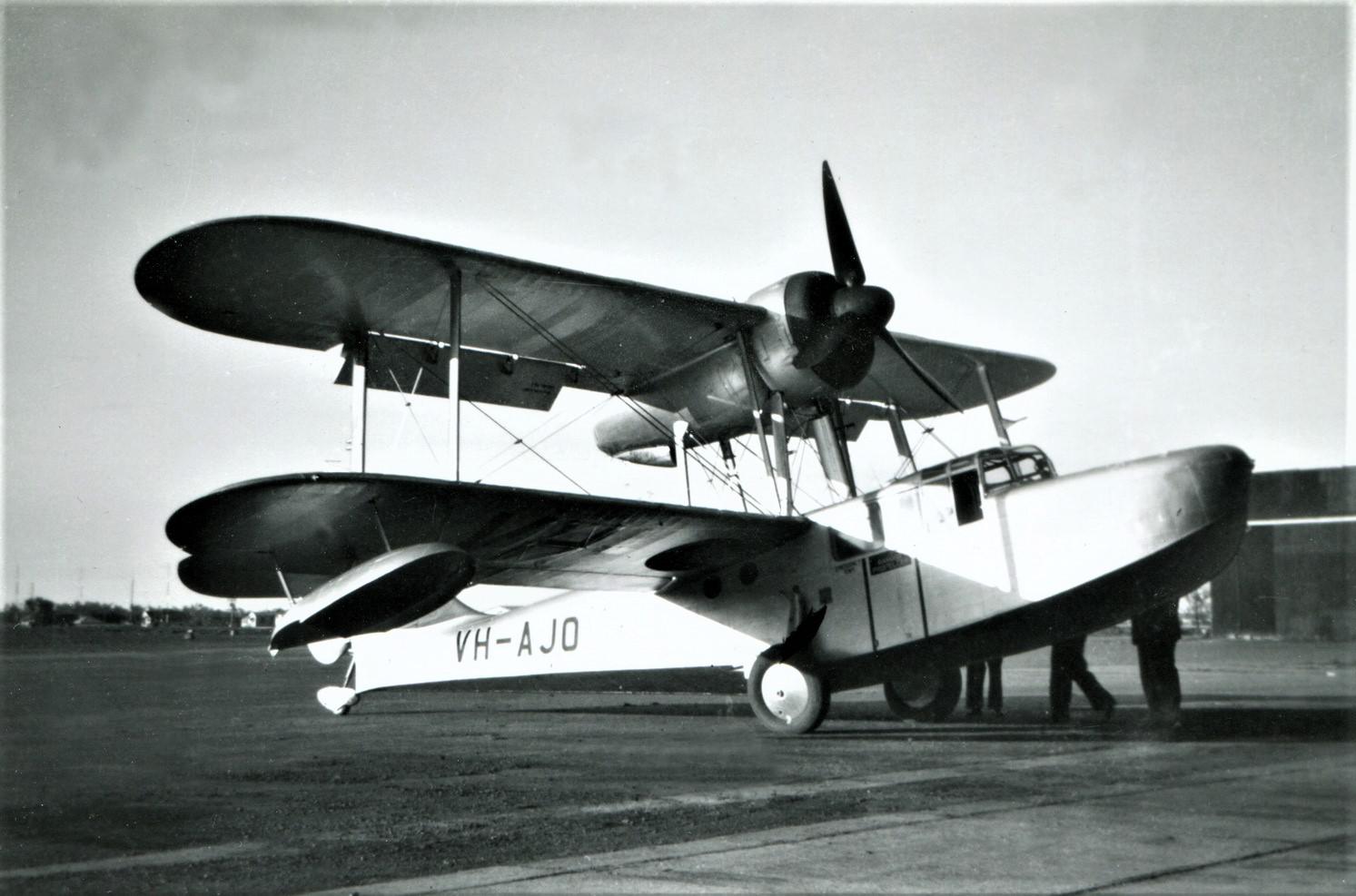
Supermarine Sea Otter VH-AJO (ex JN242), Kingsford-Smith, Sydney (Ben Dannecker).

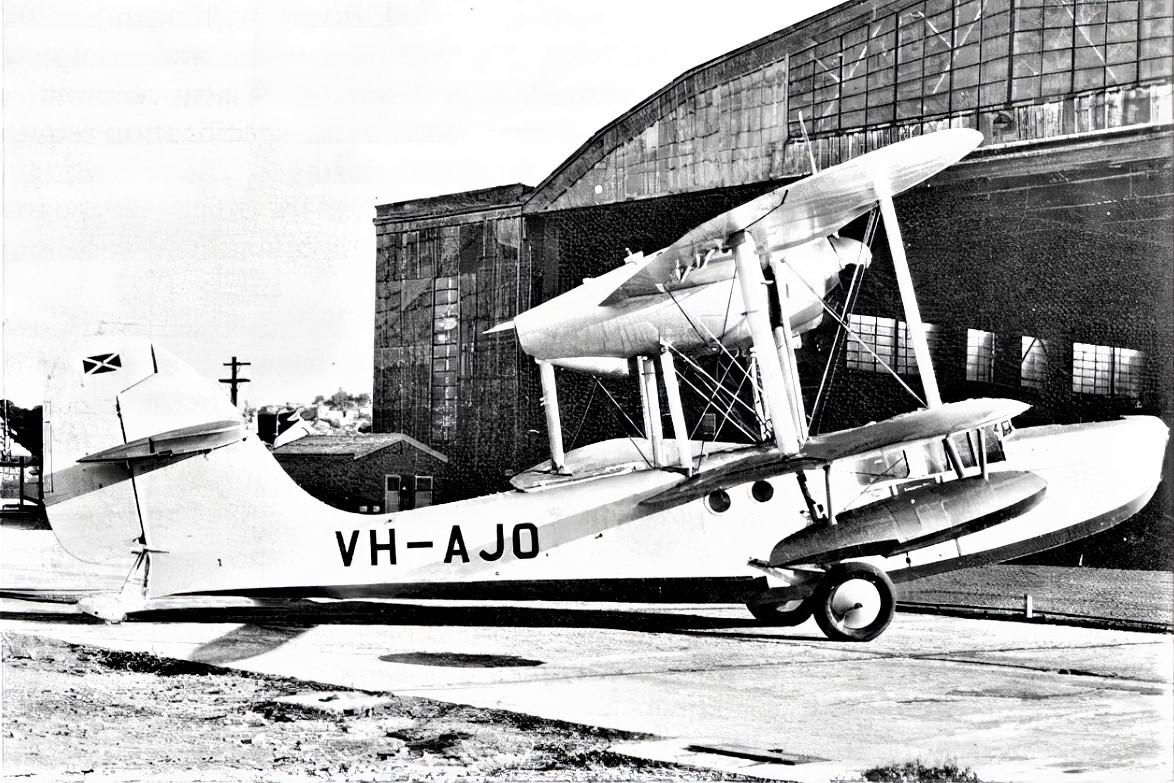

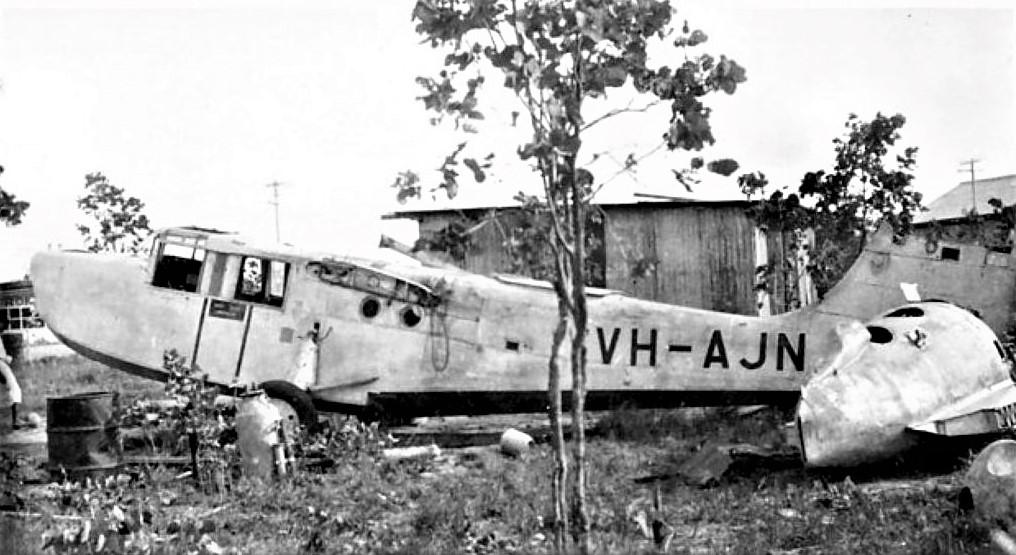
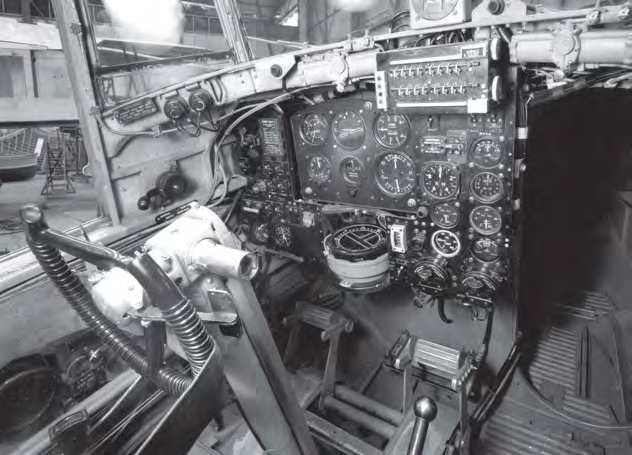
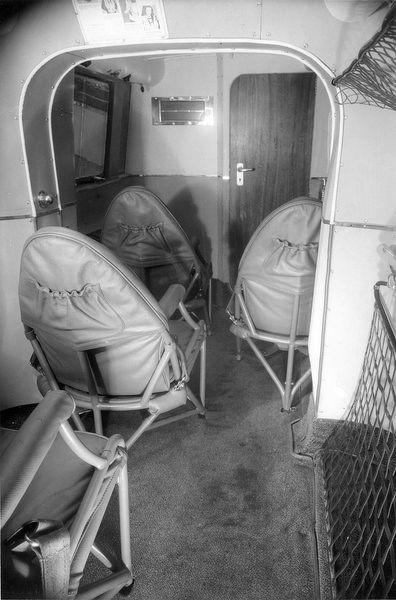
Civilian Sea Otter Interior - (These diagrams are included as a guide only and may not be applicable to the Australian Sea Otters)
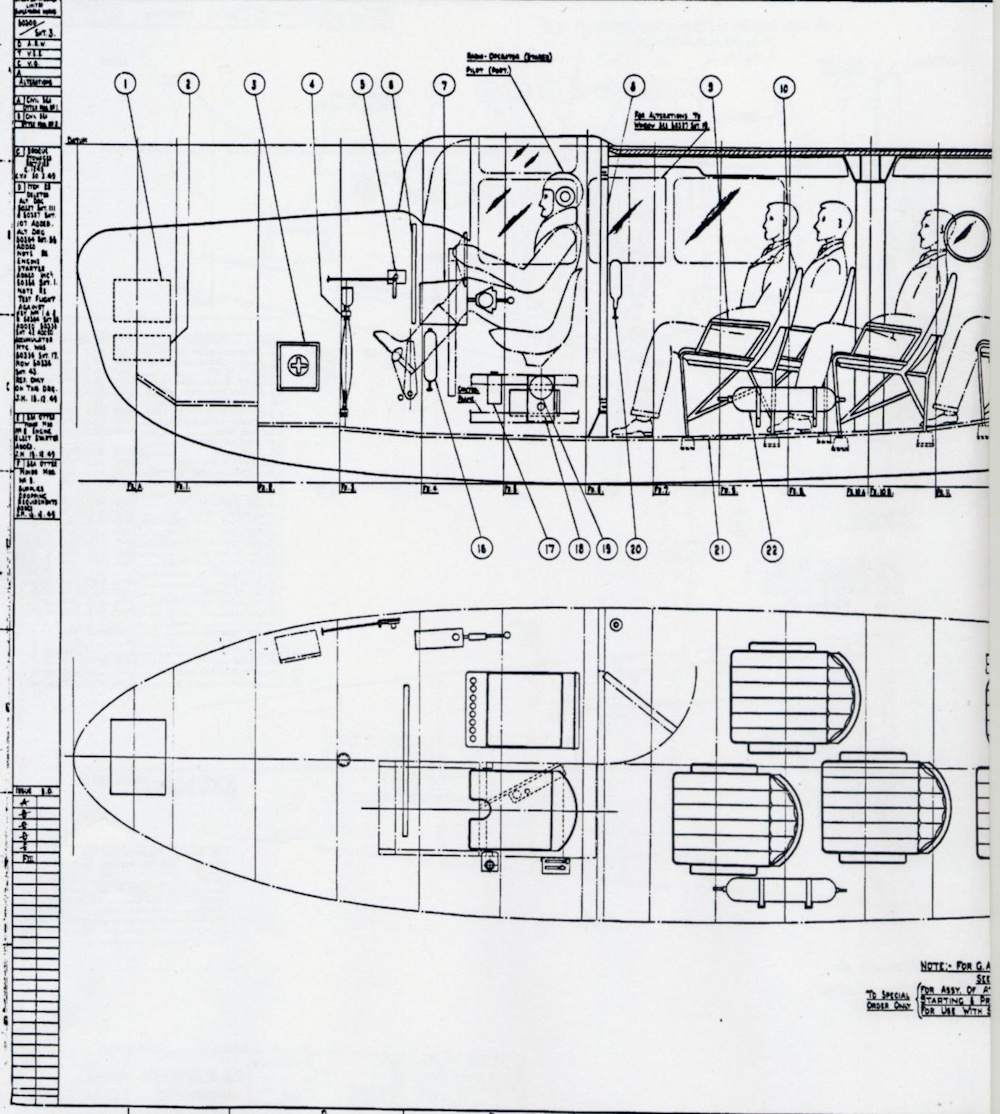
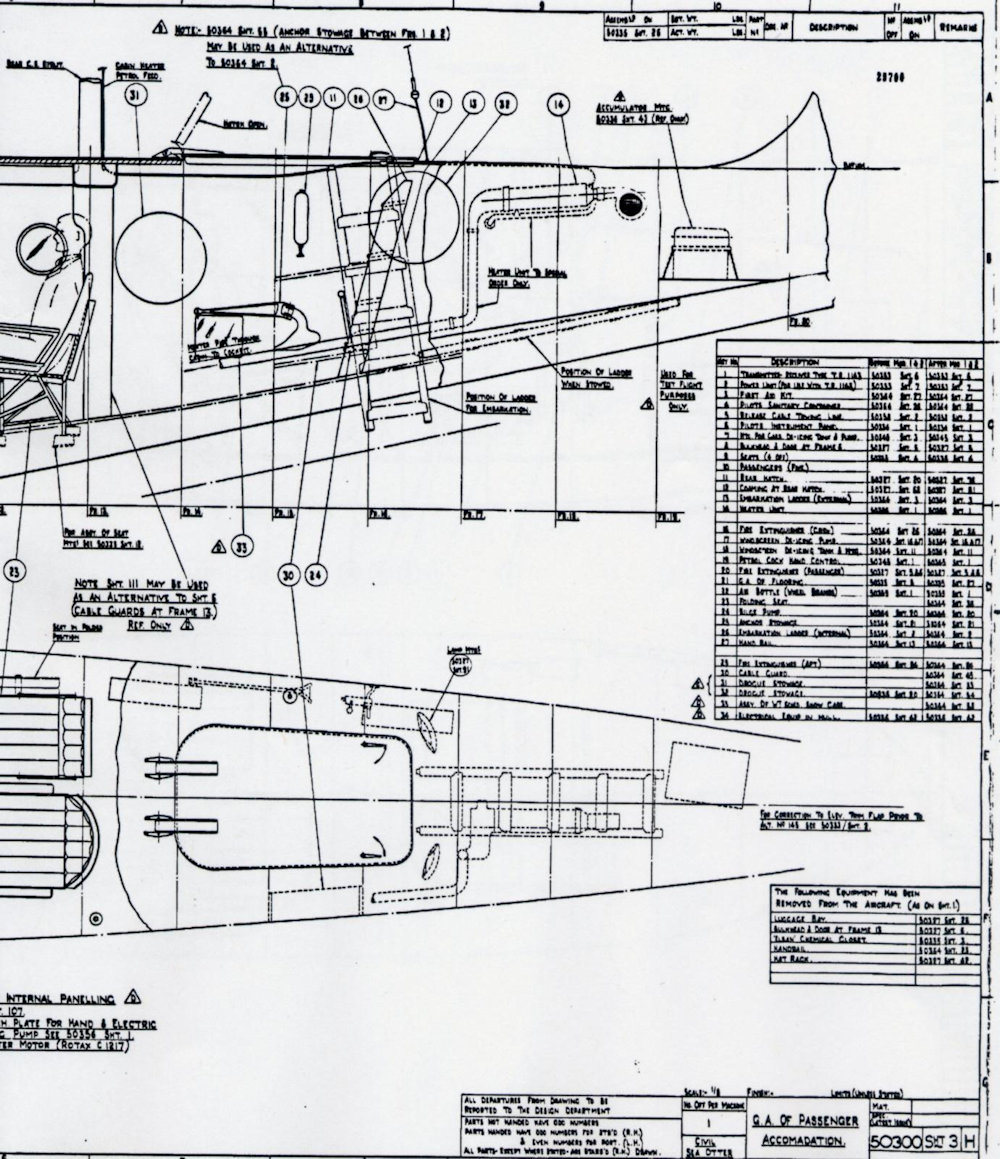
Note: This is a five-seat passenger configuration; at the time of writing, it is not known whether VH-AJN and VH-AJO were fitted with either four or five seats for their Australasian Petroleum Corporation employment or whether some other arrangement was utilised.
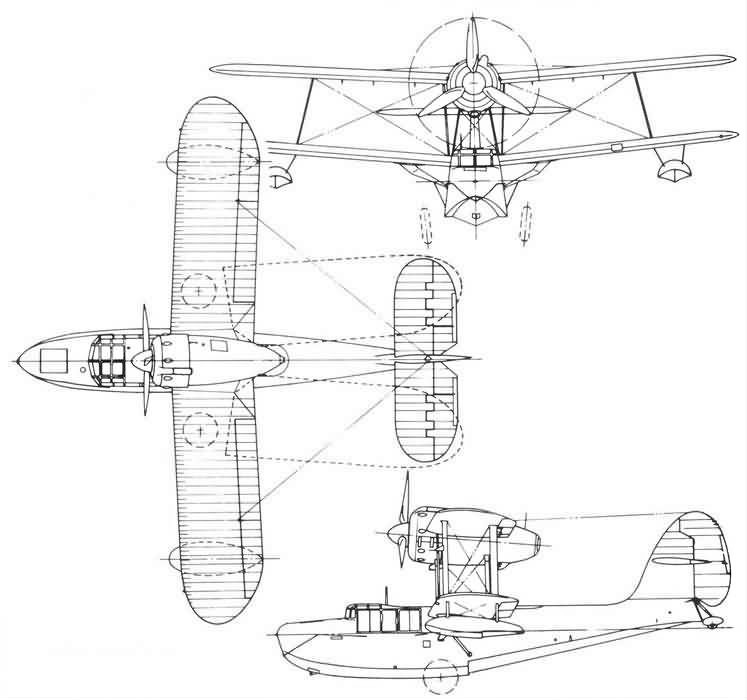
1. The wings and horizontal tail surfaces were all-metal with fabric covering. All four wings had ailerons with flaps on the upper wing section. To facilitate the aft wing folding alongside the fuselage, flap sized movable panels on the lower wing and small triangular panels on the upper wing folded to provide appropriate clearance. Check your references and drawings.
2. The pilot and navigator both sat on the port side. Grab rails around the lower fuselage on both the port and starboard sides were usually installed in military service. VH-BQI has them, VH-AJN and AJO do not.
3. For VH-AJN and VH-AJO, do not forget to place two portholes under the starboard wing root (see image of VH-AJO for the actual placement of these features).
4. The slight variation of the St Andrew's Cross of Scotland logo on the rudder of VH-AJN and VH-AJO should be noted.
Use the index button to return to the main issue 36/3 index.